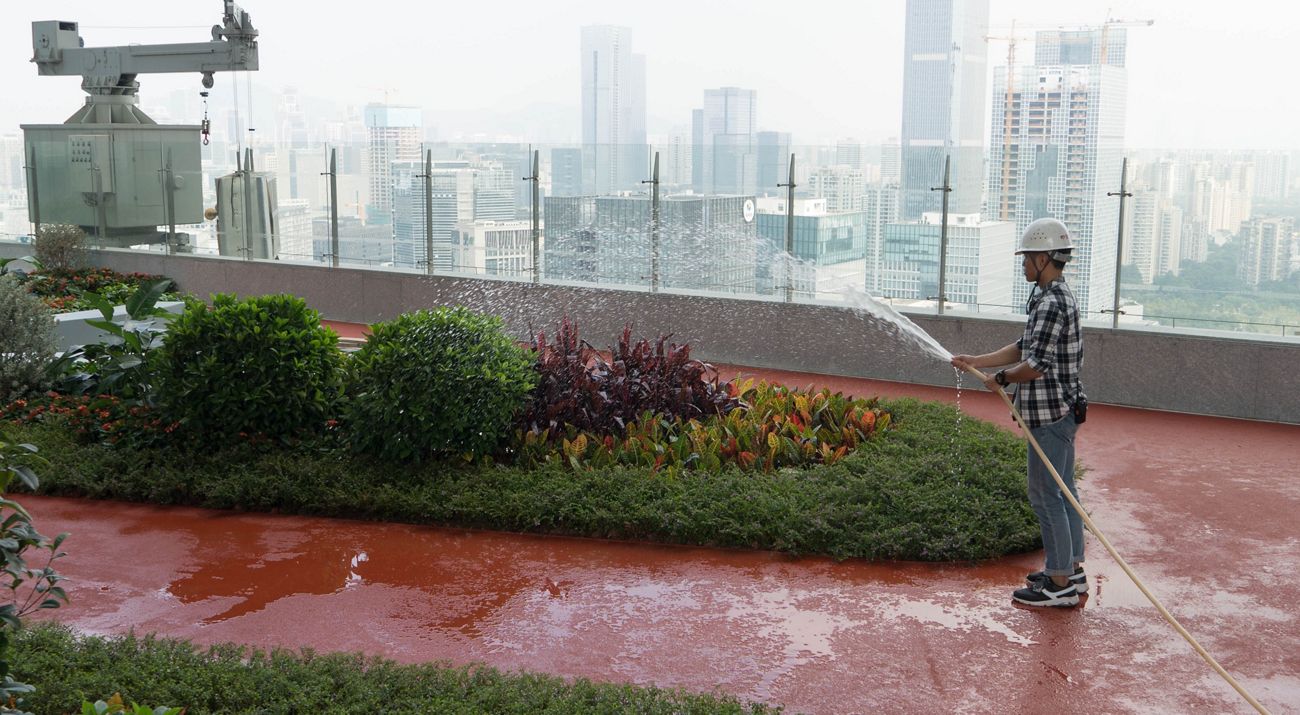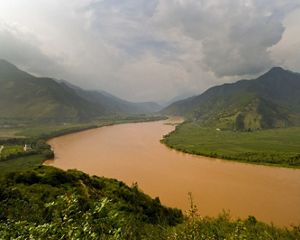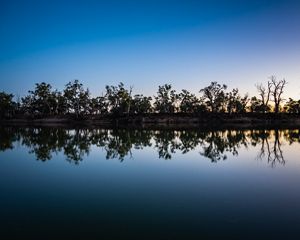
The number of Chinese cities affected by floods has more than doubled since 2008.
Why? Concrete jungles are mazes of impermeable surfaces that don’t absorb water, which exacerbates flooding and runoff during storms. This dirty water gets funneled into rivers and oceans, harming wildlife and reducing the supply available to city residents. For highly populated cities like Shenzhen, both improperly managed storm water runoff and water shortages during extreme droughts jeopardize human access to fresh water.
TNC is collaborating with city officials to transform Shenzhen into an innovative, cost-effective “sponge city.” By planting more vegetation all around the city—on roofs, along sidewalks and in parks—we are helping the city become a sponge that retains and filters rainwater, sustaining a clean supply for expanding communities and making Shenzhen itself a safer and healthier place to live.
The sponge city project is working at three levels:
- Public education campaign to communicate the value of urban nature to the lives of Shenzhen residents;
- Pilot projects that demonstrate best practices across a range of sites, such as using permeable building materials for new buildings and establishing a rooftop garden in Gangxia urban village;
- Finance and policy research to assure that sponge cities are taking advantage of the latest innovations.



